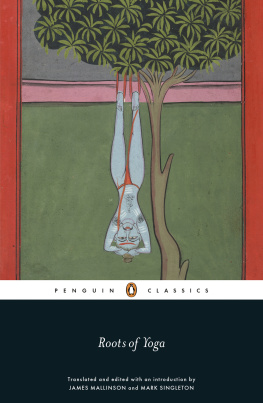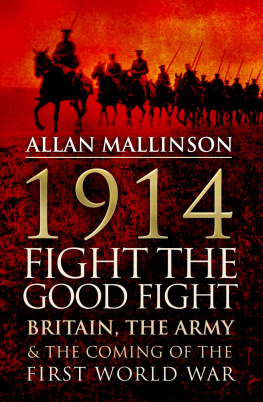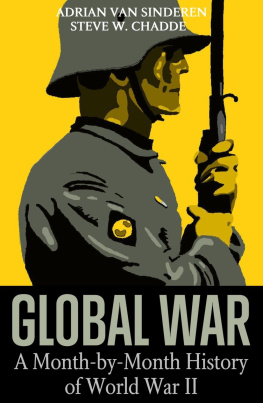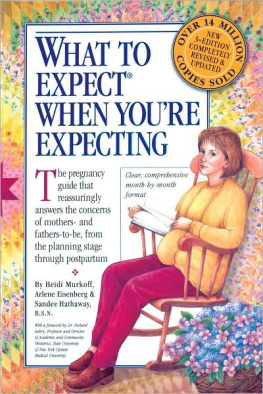Also by Allan Mallinson
LIGHT DRAGOONS: THE MAKING OF A REGIMENT
THE MAKING OF THE BRITISH ARMY
1914: FIGHT THE GOOD FIGHT BRITAIN, THE ARMY AND THE COMING OF THE FIRST WORLD WAR
TOO IMPORTANT FOR THE GENERALS: HOW BRITAIN NEARLY LOST THE FIRST WORLD WAR
The Matthew Hervey series
A CLOSE RUN THING
THE NIZAMS DAUGHTERS
A REGIMENTAL AFFAIR
A CALL TO ARMS
THE SABRES EDGE
RUMOURS OF WAR
AN ACT OF COURAGE
COMPANY OF SPEARS
MAN OF WAR
WARRIOR
ON HIS MAJESTYS SERVICE
WORDS OF COMMAND
THE PASSAGE TO INDIA
For more information on Allan Mallinson and his books, see his website at www.hervey.info and www.AllanMallinsonBooks.com
Fight to the Finish
The First World War Month by Month
Allan Mallinson
TRANSWORLD PUBLISHERS
6163 Uxbridge Road, London W5 5SA
www.penguin.co.uk
Transworld is part of the Penguin Random House group of companies whose addresses can be found at global.penguinrandomhouse.com
First published in Great Britain in 2018 by Bantam Press
an imprint of Transworld Publishers
Copyright Allan Mallinson 2018
Cover image David Pollack/Getty Images
Cover Design by Stephen Mulcahey
Allan Mallinson has asserted his right under the Copyright, Designs and Patents Act 1988 to be identified as the author of this work.
Every effort has been made to obtain the necessary permissions with reference to copyright material, both illustrative and quoted. We apologize for any omissions in this respect and will be pleased to make the appropriate acknowledgements in any future edition.
Maps by Lovell Johns
A CIP catalogue record for this book is available from the British Library.
Version 1.0 Epub ISBN 9781473544222
ISBN 9780593079140
This ebook is copyright material and must not be copied, reproduced, transferred, distributed, leased, licensed or publicly performed or used in any way except as specifically permitted in writing by the publishers, as allowed under the terms and conditions under which it was purchased or as strictly permitted by applicable copyright law. Any unauthorized distribution or use of this text may be a direct infringement of the authors and publishers rights and those responsible may be liable in law accordingly.
1 3 5 7 9 10 8 6 4 2
: cartoon map of Europe at the beginning of WWI by J. Amschewitz, 1914.
Germany elected to make it a finish fight with England. Now we intend to see that Germany has her way. The fight must be to the finish.
David Lloyd George, secretary of state for war (later prime minister), September 1916
The only wonder to the compiler of these records is that any sure fact whatever should be retrieved out of the whirlpools of war.
Rudyard Kipling, The Irish Guards in the Great War
MAPS
Preface
The genesis of this book goes back many years, but to four years ago in particular, when, just before the centenary of the outbreak of the First World War, Simon Pearson of The Times asked me to write a monthly commentary of a thousand words or so on the course of the conflict. I am most grateful for Simons advice and encouragement during that project, which in many ways has shaped this book. I have of course expanded on those monthly pieces, and although each retains a certain unity they have been edited with a view to reading as a continuous narrative rather than as discrete articles. This latter task has been the assured work of my copy-editor, Gillian Somerscales, who as ever (she has edited all my non-fiction save the first) has been the most diligent assayer of the text. I am, of course, indebted to Simon Taylor, my editor at Penguin Random House, who over very many years has steered my writing with the deftest of touches. I am most grateful once again to Auriol Griffith-Jones for her indexing, Liane Payne for the picture research, Lovell Johns Ltd for the clarity of the maps, Phil Lord for his design, Steve Mulcahey for another most striking cover, and Katrina Whone, managing editor, for pulling it all together as if it were no effort at all.
The text is not referenced or footnoted very deliberately. This is not a polemical work or an academic treatise, whose propositions must be backed by scrupulous citations. It is a narrative designed to flow. Although some books are mentioned in the text itself, if every statement, quotation and allusion were to be catalogued, the multitude of primary and secondary sources would change not just the books weight but its complexion.
At the end of the book, however, I offer principally for the British reader a short list of further reading.
Introduction
In the Time of the Breaking of Empires
From the opening shots to the signing of the Armistice, the First World War lasted some fifty-two months. It was fought on, or in the waters of, six of the seven continents, and in all of the seven seas. For the first time, the fighting was on land, at sea and in the air. It became industrial, and unrestricted: poison gas, aerial bombing of cities, and the sinking without warning of merchantmen and passenger ships by submarines. Military and civilian casualties probably exceeded forty million. During its course, four empires collapsed the German, Austro-Hungarian, Russian and Ottoman. In all its military, political, geographical, economic, scientific, technological and above all human complexity, the First World War is almost impossible to comprehend.
Day-by-day narratives excellent reference books can be dizzying for the reader trying to make sense of the whole. Freer-flowing accounts help to convey the broader trends and factors, but offer less of a sense of the human dimension of time. The month is a digestible gauge. We remember months, because months have names, because they are linked to the seasons, and because they have their own characters. Looking at the First World War month by month reveals its complexity while preserving the sense of time.
Fight to the Finish is not intended to be a comprehensive account of the fighting, nor of all the other factors in the war. It does not examine the conflicts causes or its consequences. It aims simply to give a picture of each of those fifty-two months: what was the predominant action, how and why it came about, and how it looked. The narrative, while not Anglocentric, is told in the main from a British perspective.
It is called Fight to the Finish because that is what David Lloyd George, the British prime minister for twenty-four of those fifty-two months, and minister for munitions and then secretary of state for war for the preceding eighteen, said that it must be. Such a demand in effect, the Germans unconditional surrender required a national effort of unprecedented proportions. It was this that gave the war its unique and terrible face, which Fight to the Finish seeks to portray.
Prologue
The Alliances
1839: Britain, France, Prussia, Austria and Russia sign the Treaty of London, which requires Belgium to remain perpetually neutral, and by implication commits the signatory powers to guard that neutrality in the event of invasion.
1879: Germany and Austria-Hungary enter into a treaty: the Dual Alliance.
1882: Italy joins Germany and Austria-Hungary in the Triple Alliance. (In 1914 she would remain neutral, stating that the Triple Alliance was defensive and that both Austria and Germany had acted aggressively.)













